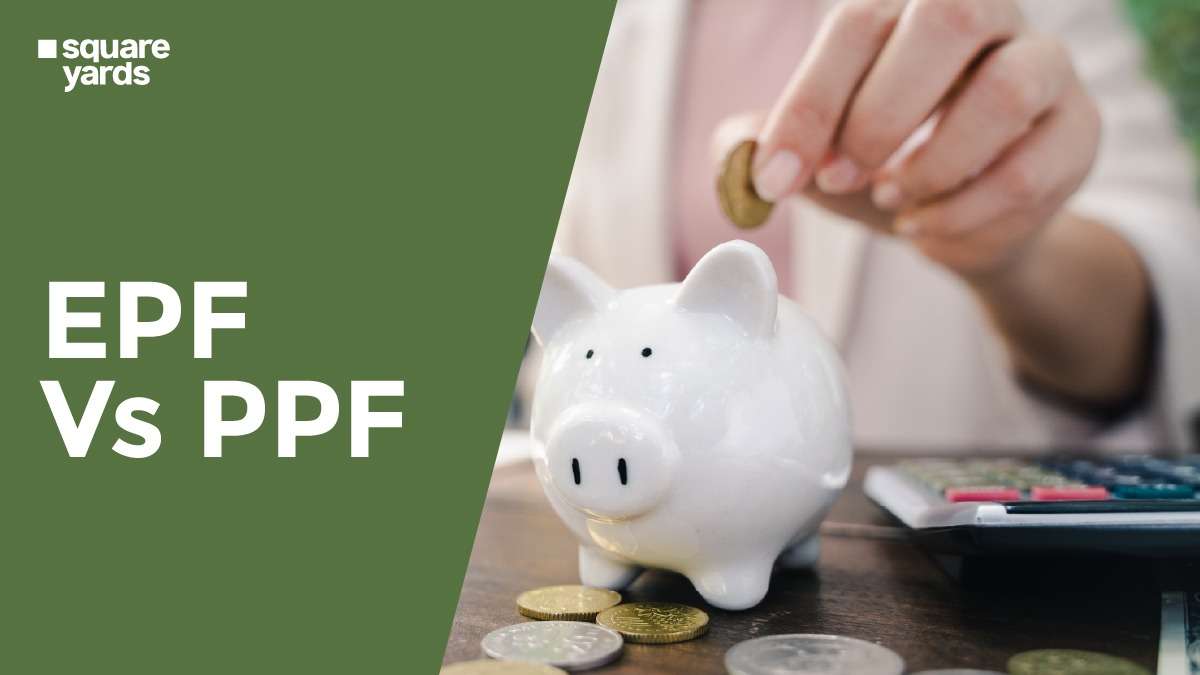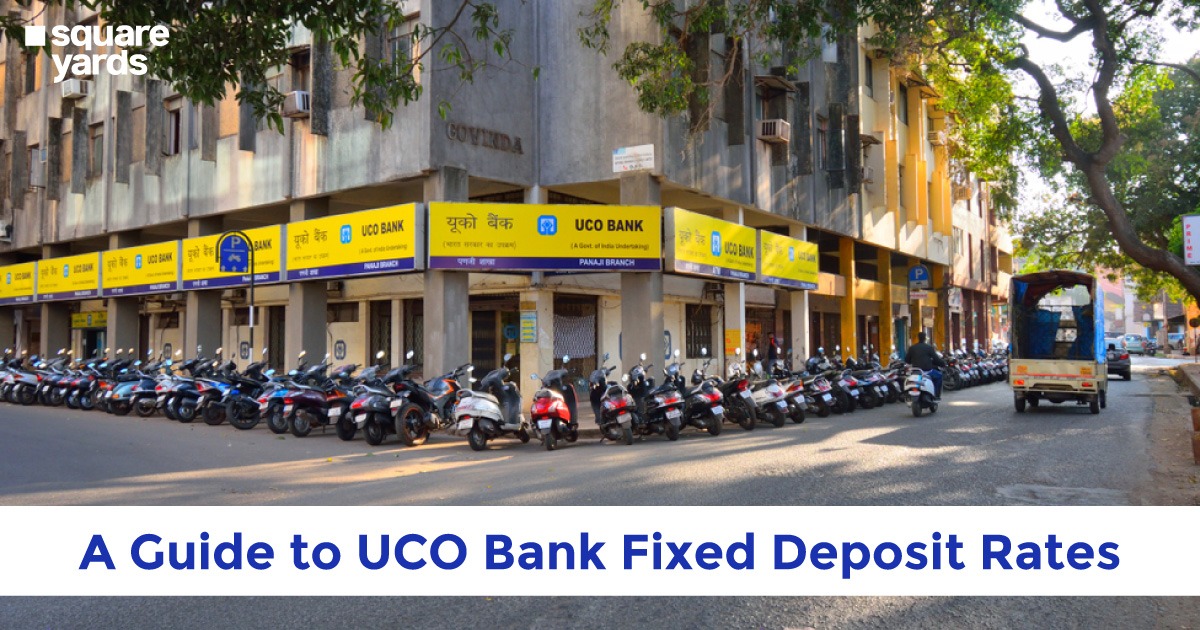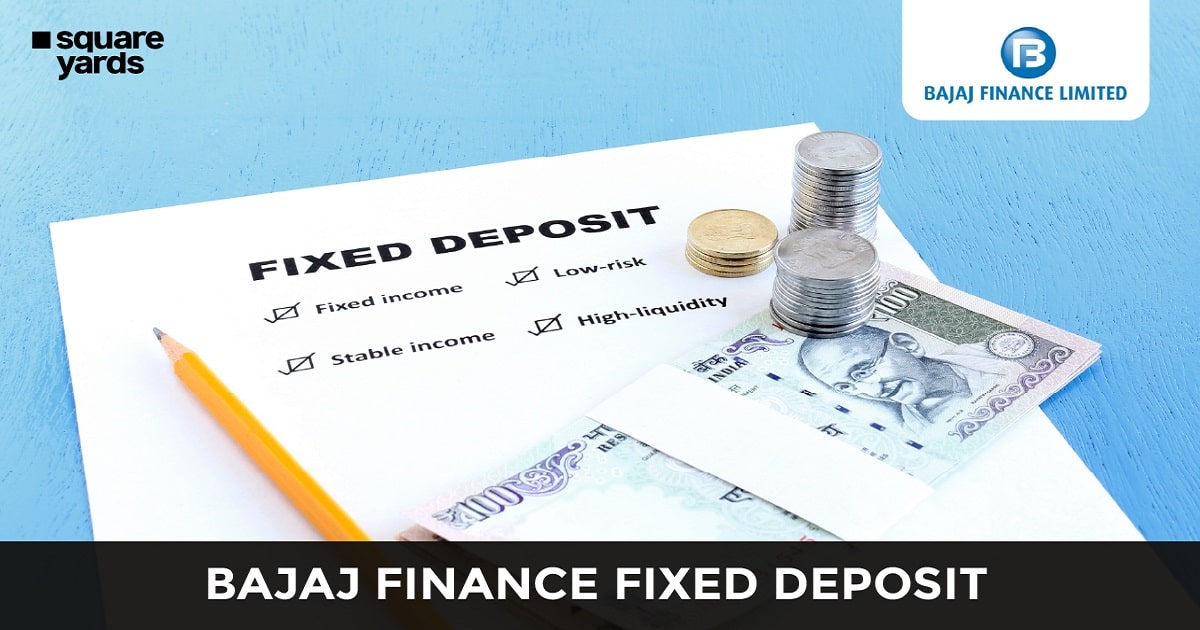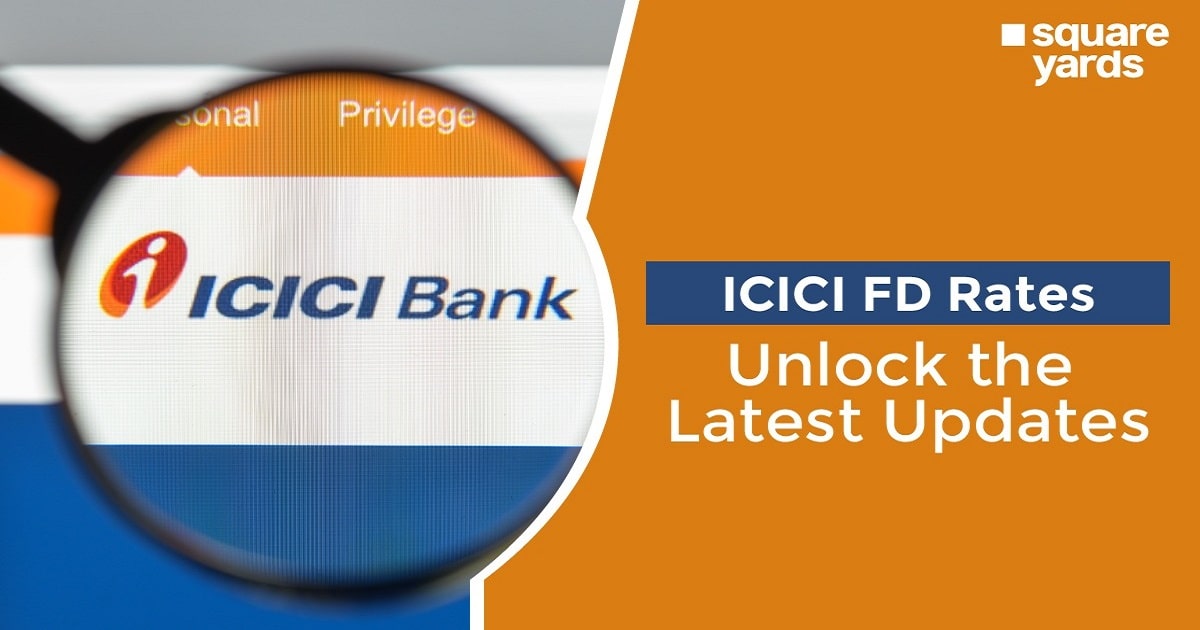When it comes to investment, most of us aim to fulfill three financial goals: generate wealth, want regular income after retirement, and protect the family’s future. And, we purchase different types of financial schemes to attain each of these objectives. In this article, you will be able to accomplish all three goals through EPF and PPF. Where Employees’ Provident Funds(EPF) are a type of retirement savings plan for employees. Employees and employers must deposit a modest portion of their salaries to the EPF program. On the other side, the primary goal of the Public Provident Fund (PPF) plan is to assist individuals in saving money and to offer rewards for their savings.
Let’s look into the theoretical tour!
Table of contents
- What are EPF and PPF, and How are they different?
- What is an EPF Account?
- What is a PPF Account?
- Which one is Better, EPF or PPF, for Long-Term Savings?
- What is the Interest Rate Offered by EPF and PPF?
- Comparison Between EPF & PPF
- EPF Vs PPF – Where to Invest ?
- Different Types of Provident Fund
- Wrapping Up
- Frequently Asked Questions (FAQs)
What are EPF and PPF, and How are they different?
Employees’ Provident Fund (EPF) is a retirement savings plan designed exclusively for salaried workers. This program will be funded by both the company and the employee. On the other hand, the Public Provident Fund (PPF) account, is specially developed for senior citizen’s financial security. The main advantage of investing in such schemes is that you can begin with a small amount of money and finish up with an enormous amount of money during retirement.
The major difference between EPF vs PPF:
| Features | EPF | PPF |
| Rate of Interest | 8.10 % | 7.1 % |
| Eligible | Only Salaried Employee | Anybody can invest in PPF |
| Contribution by Employer | Yes | No |
| Minimum Investment | 12% ( Basic Salary) | ₹ 500 |
| Duration | Till Retirement and Resignation | 15 Years |
| Withdrawal Tax | Before 5 years | No |
| Loan Eligibility | Yes (for special cases) | Yes ( 3rd to 6th year) |
| Exemption of Tax | Yes | Yes |
| Liquidity | For special cases | No |
| Scheme provided by | Employee Provident Fund Organisation (EPEO) | Select private sector banks and Post Office |
What is an EPF Account?
EPF signifies the Employees’ Provident Fund. It is a retirement benefits programme in which both the company and the employee invest equally. Moreover, both must contribute approximately 12% of their basic salary to this investment.
What is a PPF Account?
The National Savings Institute of the Finance Ministry created the PPF plan in 1968. The goal of the PPF plan is to help people to save funds, while offering rewards for their investments. The PPF plan provides an appealing rate of interest, and there is no tax on the interest rate repayments. The PPF account, also known as the Public Provident Fund program, serves as one of the most successful long-term saving-cumulative-investment options, owing to its mixture of protection, refunds, and tax benefits.
Which one is Better, EPF or PPF, for Long-Term Savings?
Each of these schemes has its own merits and demerits, but EPF and PPF both are secure because government investment programs control these. However, EPF is more risky because of its equity investment. On the other hand, PPF offers less than interest rates but less investment with a secured future.
What is the Interest Rate Offered by EPF and PPF?
Currently, The EPF interest rate is 8.10%. At the completion of a fiscal year, the interest amount generated in the EPF account can be easily calculated. Also, the sum is combined with employer and staff donations to determine the total sum in the savings account. On the other hand, the current PPF interest rate is reduced from 7.9% to 7.1% and accumulates annually. The interest sum is paid on every March 31st, and then an annual rate of interest is created by the Finance Ministry. However, the minimum balance accessible between the 5th day of the closing and the last day of every month, then the total amount is calculated.
Comparison Between EPF & PPF
The table below shows the difference between EPF and PPF.
| Parameter | EPF | PPF |
| Eligibility for Investment | Only salaried firm employees registered under the EPF Act | Any Indian, except for NRI. Includes students, self-employed, employees or retired persons |
| Investment Total Amount | 12 % of your salary and possibly to enhance it voluntarily | Minimum ₹ 500 and a Maximum is ₹ 1,50,000 |
| Time Period | It can be stopped upon permanently leaving a job or transferable when changing jobs till retiring. | 15 years, extendable after that for a block of 5 years indefinitely |
| Interest Rate | 8.10% | 7.10% |
| Contributor to Fund | Both Employer and Employee Self | Self or Parent in the situation of a minor |
| Tax Perks | The donation is tax-deductible. The maturity sum is tax-free only on the completion of 5 years. | The donation is tax-deductible under Sec 80C, and the maturity sum is also tax-free. |
| Introduced | Employees Provident Fund and Miscellaneous Provisions Act | Government Savings Banks Act and Public Provident Fund Act |
EPF Vs PPF – Where to Invest?
Both EPF and PPF have advantages and disadvantages. One notable advantage of EPF is that it is transferable between employers and partial withdrawals under specific conditions. Where PPF eliminates the process of standing in line, it can be deducted immediately from your savings account.
One disadvantage of EPF is that monthly contributions are required. PPF, on the other hand, provides relief because you can make a contribution whenever you want. However, the 15-year lock-in period may appear excessive at times. But, you can borrow against the remaining balance in your PPF account. However, the maturity earnings from both the EPF and the PPF funds are tax-free.
Different Types of Provident Fund
The following are the many types of Provident Funds accessible in India:
- Employee: Under this plan, every month employees contribute a portion of their salaries to EPF. A collection of donations are combined together and put in a trust. Later, the fund sum is returned to the retiree, or the individual can choose to spend it after a specified time period.
- Unrecognised: This scheme is initiated by the employer and individual but isn’t accepted by the Commissioner of Income Tax.
- Statutory: This scheme is valid for government staff, educators, and students at universities.
- Provident: It is a provident fund to which self-employed people and children can contribute. Like other types of funding, the individual does not need to be paid.
Wrapping Up
PPF and EPF are both government-funded programs. These are tax-advantaged choices under Section 80C, Income Tax Act of 1961. The sovereign assurance supports both schemes, so people can select the one that is the best fit for them.
You May Also Like
Frequently Asked Questions (FAQs)
Can I Contribute to Both EPF and PPF Simultaneously?
Yes, you can contribute to both EPF and PPF simultaneously.
What is The Maximum Limit for Contributions to EPF and PPF?
For EPF maximum contribution, there will be no cap on VPF investments, but the contribution made by employers will stay the same. On the other hand, PPF ₹ 1,50,000 a year is required.
Can I Withdraw Money from EPF and PPF Before the Maturity Period?
After approaching the age of 54, a worker can withdraw 90% of his or her EPF funds one year prior to retirement. After a month of unemployment, a person may withdraw 75% of his or her EPF balance.
EPF and PPF Tax-Free, and if so, How Do They Differ in Tax Benefits?
PPF withdrawals are not taxed. On the other hand, contribution to the EPF is tax deductible up to Rs 1.5 lakh per year under section 80 C Tax Act provisions.
What Are the Eligibility Criteria for Opening an EPF or PPF Account?
EPF is available to all salaried employees. Where, PPF account, only Indian citizens are eligible to open a PPF savings.
Are EPF and PPF Suitable for Short-Term Savings or Emergency Funds?
EPF and PPF are not suitable for short-term savings or emergency funds because these scheme’s have fix amount of months.
What Happens to my EPF and PPF Accounts if I Change Jobs or Move Abroad?
If you are approved for a provident fund through your job, you may withdraw and liquidate your Employee Provident Fund (EPF) account before moving abroad.












































